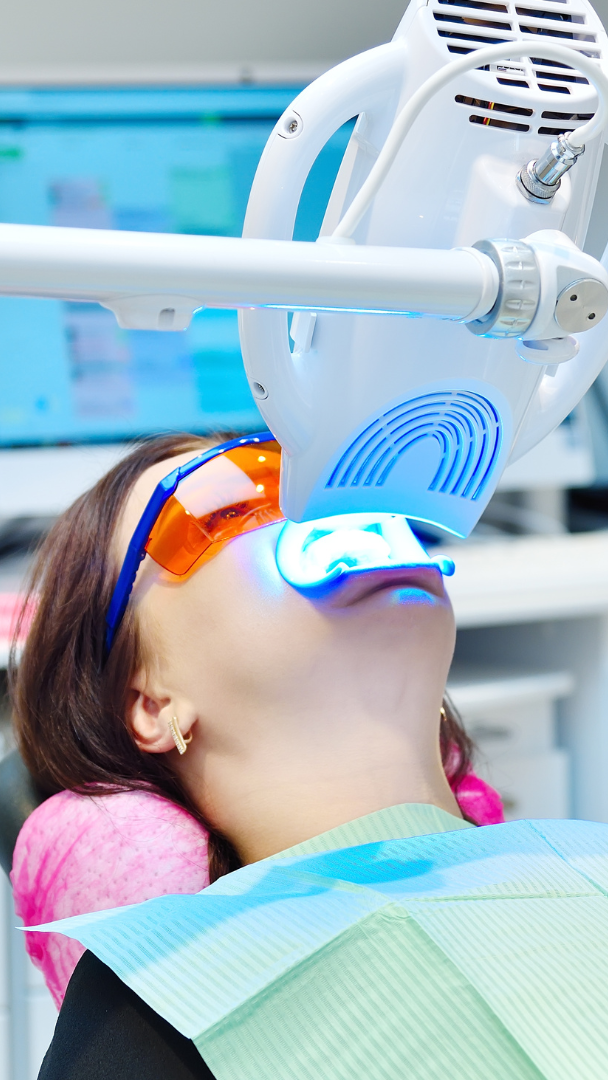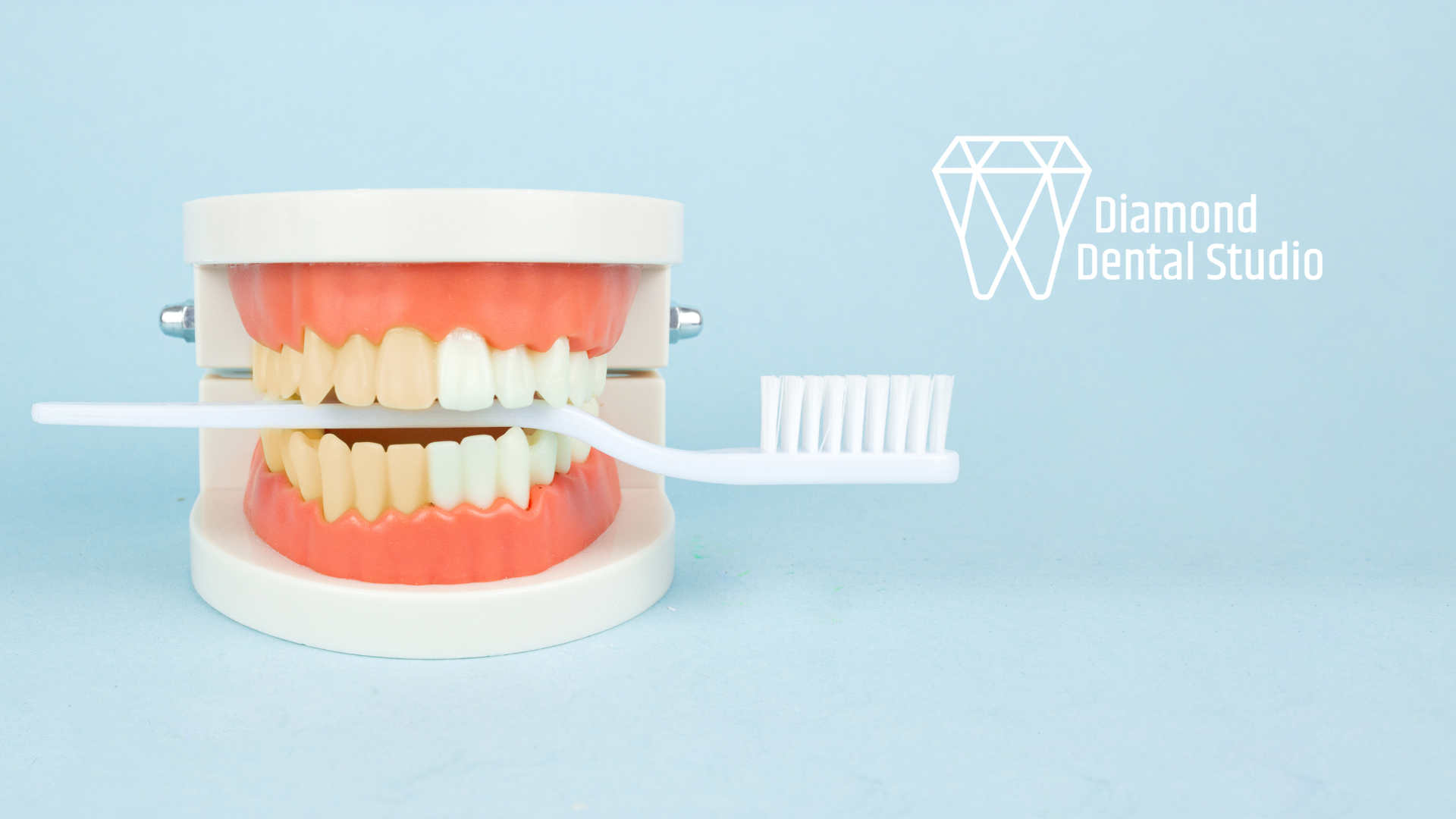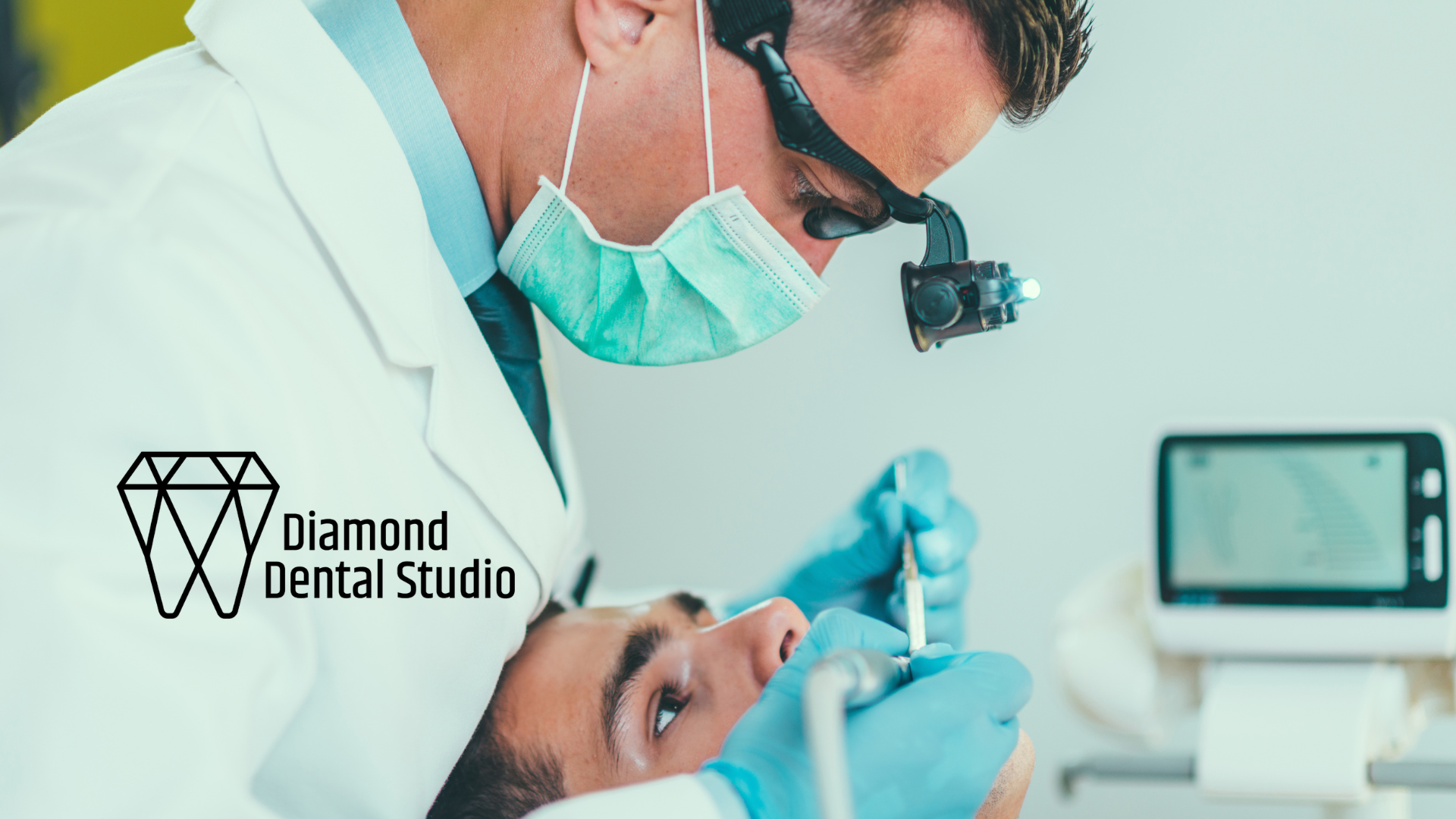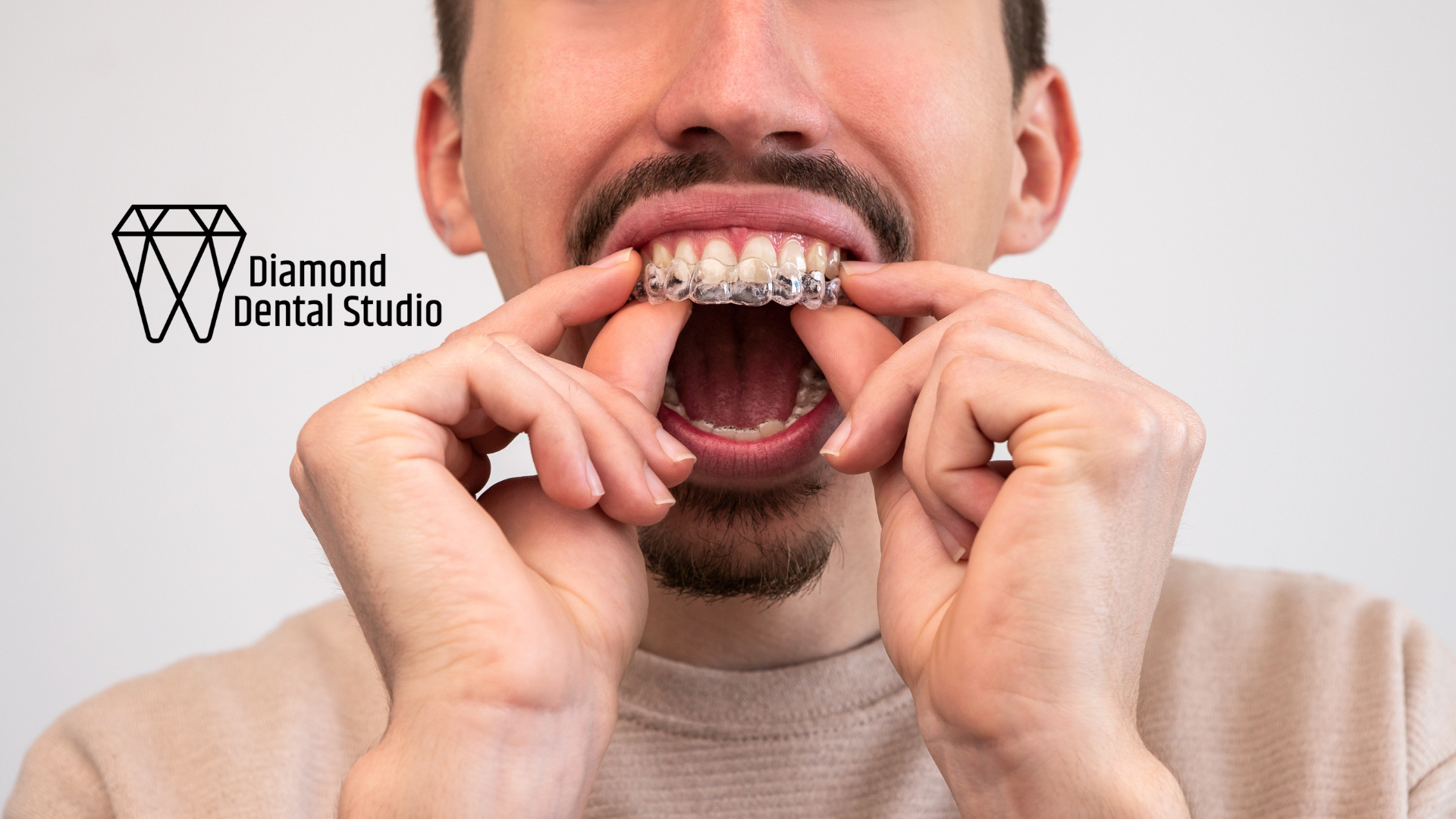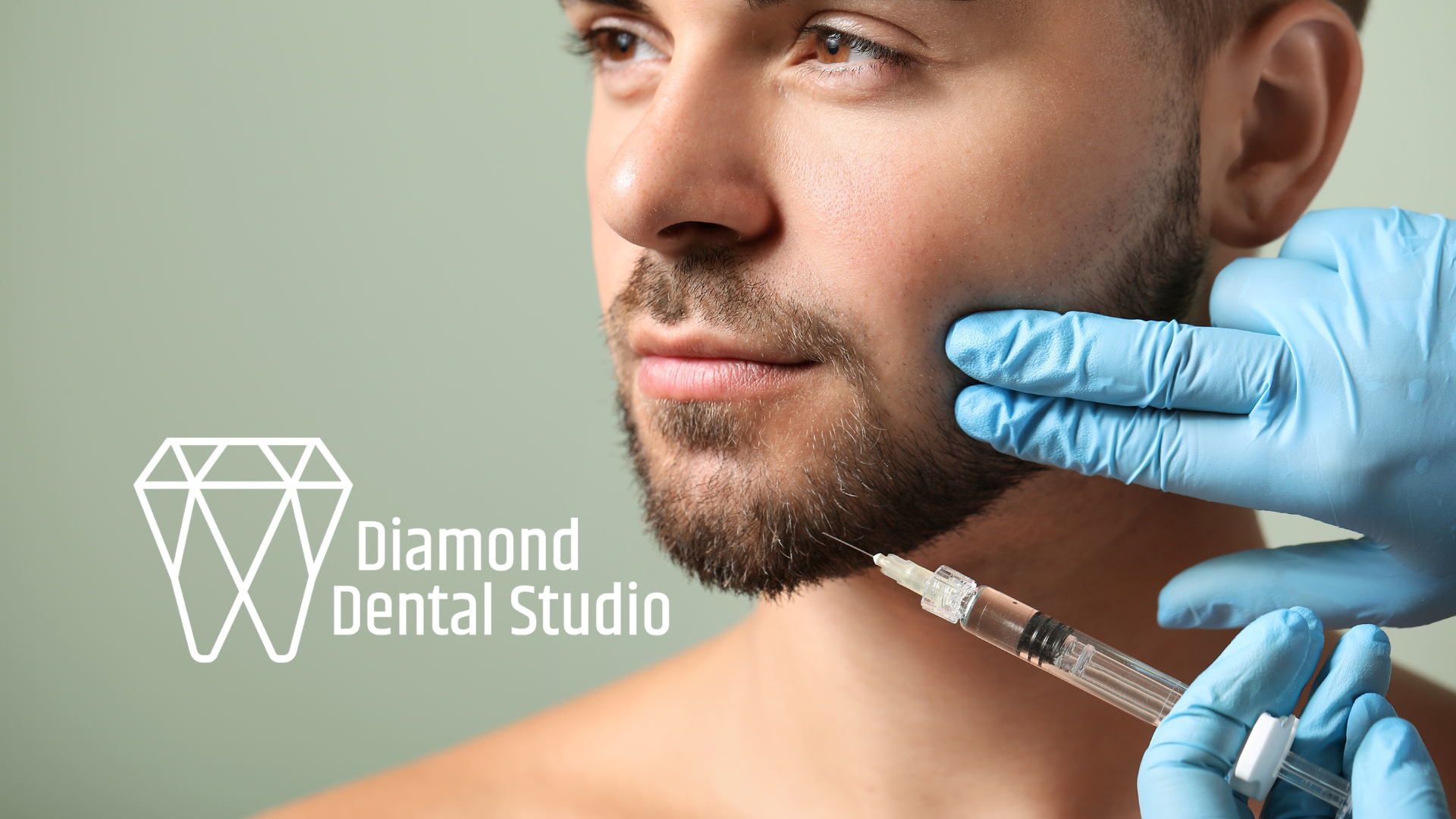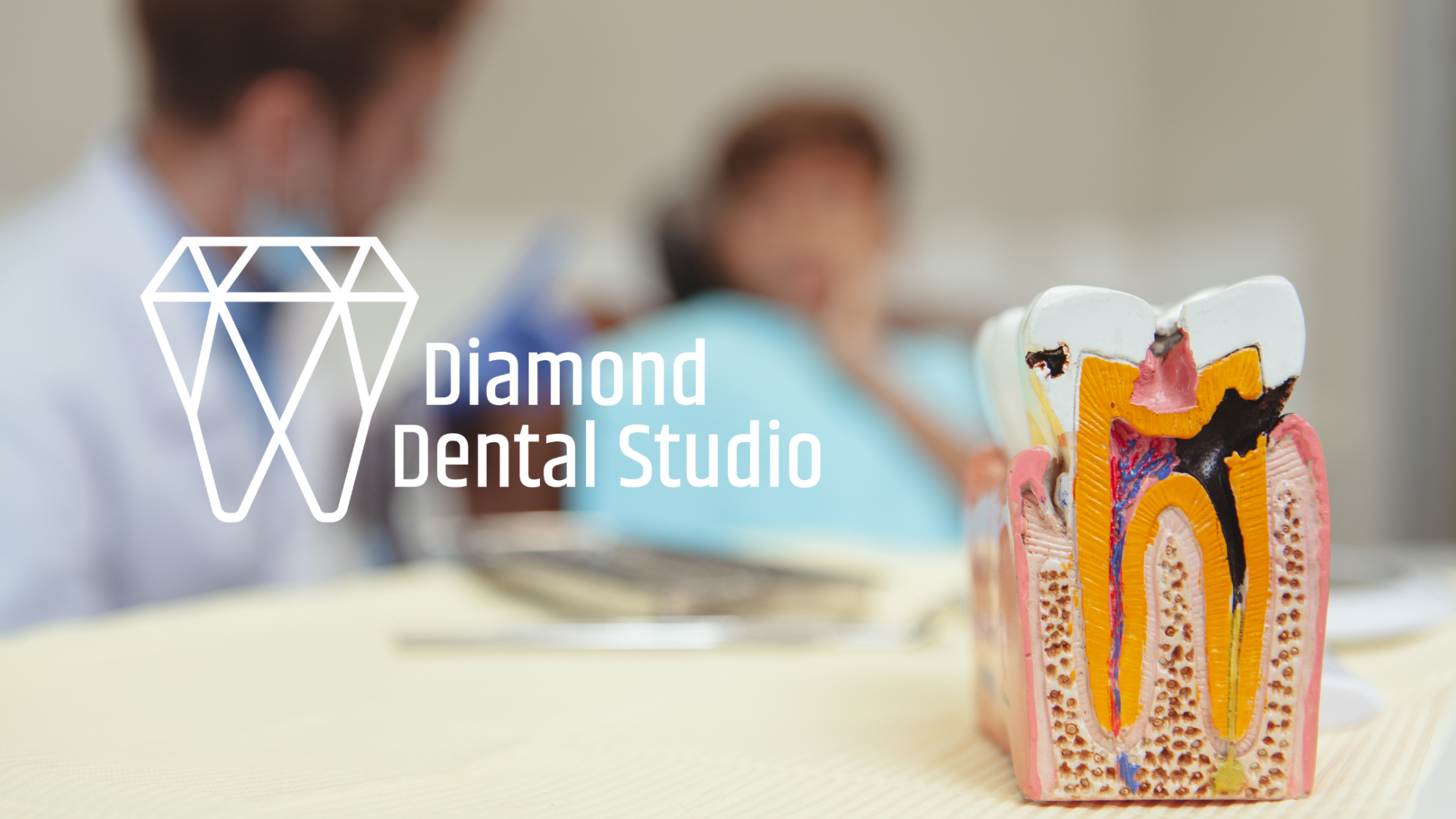How Soon Can You Eat After Teeth Whitening? Essential Tips for Long-Lasting Results
Understanding the Teeth Whitening Process
Teeth whitening is a sought-after cosmetic dental procedure that brightens your smile by reducing stains and discoloration. Many people choose professional teeth whitening in San Diego to enhance their appearance and boost confidence. Here’s a closer look at what the whitening process involves:
What Happens During Teeth Whitening?
Cleaning: The process often starts with a dental cleaning to remove plaque and tartar buildup, providing a clean surface for the whitening agent.
Whitening Agent: A whitening gel or solution is applied to your teeth.
Stain Removal: The agent breaks down surface stains, revealing a brighter smile.
Common Methods of Teeth Whitening
In-Office Whitening: Performed by professional dentists, in-office treatments typically offer the most noticeable results.
At-Home Kits: These kits, provided by dentists, are convenient for at-home use and can achieve gradual whitening.
Over-the-Counter Products: Available in stores, options like whitening strips and gels offer minimal results compared to professional methods.
Potential Side Effects
Tooth Sensitivity: Many experience heightened sensitivity for a few days post-treatment.
Gum Irritation: If the whitening agent contacts your gums, irritation may occur but generally subsides quickly.
Choosing teeth whitening can significantly enhance your smile, but it’s crucial to understand the process. For optimal results, consult a professional like those at Diamond Dental Studio in San Diego.
Immediate Aftercare Post-Teeth Whitening
The First 24 Hours: Protecting Your New Smile
The first 24 hours post-whitening are essential for maintaining your results. During this period, your teeth are more porous and prone to staining. Here’s how to care for them:
Foods and Drinks to Avoid
- Dark-colored foods: Avoid staining foods like berries, soy sauce, and chocolate.
- Staining beverages: Coffee, tea, and red wine can quickly dull your brightened smile.
- Acidic foods: Citrus fruits and vinegar can increase sensitivity.
Managing Sensitivity If you experience sensitivity, try these tips:
- Use toothpaste for sensitive teeth to reduce discomfort.
- Rinse with lukewarm water to avoid temperature shocks.
- Avoid very hot or cold foods and drinks until sensitivity decreases.
Taking these steps helps ensure your teeth stay bright and comfortable. Remember, choices made in the initial hours can impact long-term results!
Recommended Diet After Teeth Whitening
Safe Foods to Enjoy
During the first few days, focus on foods that won’t stain your teeth, such as:
- Dairy products like yogurt and cheese
- Soft fruits such as bananas and applesauce
- Cooked vegetables like carrots and broccoli
Foods to Avoid To maintain your results, steer clear of:
- Dark-colored beverages like coffee, tea, and red wine
- Berries and dark fruits that may stain
- Spicy foods that can irritate sensitive gums
Hydration Tips
Staying hydrated aids in rinsing away food particles and reducing sensitivity:
- Drink plenty of water throughout the day.
- Avoid sugary drinks that could harm your enamel.
- Use a straw for dark beverages to keep them away from your teeth.
Regular checkups with dentists in San Diego, such as those at Diamond Dental Studio, help ensure your teeth stay bright and healthy.
Timeline for Resuming Normal Eating Habits
First Few Hours: Stick to soft foods and clear liquids after whitening. This helps your teeth recover and maintains your results. Safe options include:
- Applesauce
- Yogurt
- Broth or clear soup
First Few Days: Avoid foods that can stain or cause discomfort, such as dark sauces, acidic foods, and anything that might irritate sensitive gums.
When to Return to Regular Eating: Most people resume normal eating within a week. If sensitivity remains, give it a few extra days before enjoying tougher foods or dark-coloured items.
Your post-whitening diet can greatly affect the longevity of your results. Follow these tips from Diamond Dental Studio to keep your smile radiant!
Long-Term Care for Whitened Teeth
Maintaining Your Bright Smile
To keep your teeth white long-term, try these practices:
- Brush twice a day with whitening toothpaste.
- Use a straw for dark beverages to limit contact with your teeth.
- Avoid smoking or tobacco products, which can cause severe stains.
Regular Dental Checkups
Seeing your dentist regularly is vital for preserving your results. Aim for:
- Checkups every six months to monitor your teeth and gums.
- Professional cleanings to remove any buildup that may affect your smile.
Lifestyle Changes to Consider
Certain daily habits can help extend the brightness of your teeth:
- Limit dark foods and drinks like coffee and red wine.
- Stay hydrated with water to rinse away residue.
- Use mouthwash designed to prevent stains.
Proper care ensures you enjoy a whiter, brighter smile for longer!
Common Questions About Eating After Teeth Whitening
Can I Drink Coffee? Wait at least 24 hours before drinking coffee to avoid staining. If needed, use a straw to minimize contact.
Is Alcohol Safe? For the first 48 hours, avoid alcoholic beverages. When you resume, opt for lighter-colored options and rinse with water afterward.
What About Spicy Foods? Spicy foods can irritate sensitive gums. It’s best to wait a few days before reintroducing them to your diet.
Final Thoughts
Taking a break before eating after teeth whitening is essential for keeping your smile bright. Ideally, wait at least 30 minutes after the procedure, but holding off for a few hours or even a day helps maintain results. Stick to soft foods and avoid dark beverages for the first 24 hours to preserve your new smile.

Contact Details
Diamond Dental Studio
CALL US
Business Hours
Monday
9:00 AM - 6:00 PM
Tuesday
9:00 AM - 6:00 PM
Wednesday
CLOSED
Thursday
7:00 AM - 2:30 PM
Friday
7:00 AM - 2:30 PM
Saturday
CLOSED
Sunday
CLOSED
© Copyright 2024 | All Rights Reserved | Diamond Dental Studio

